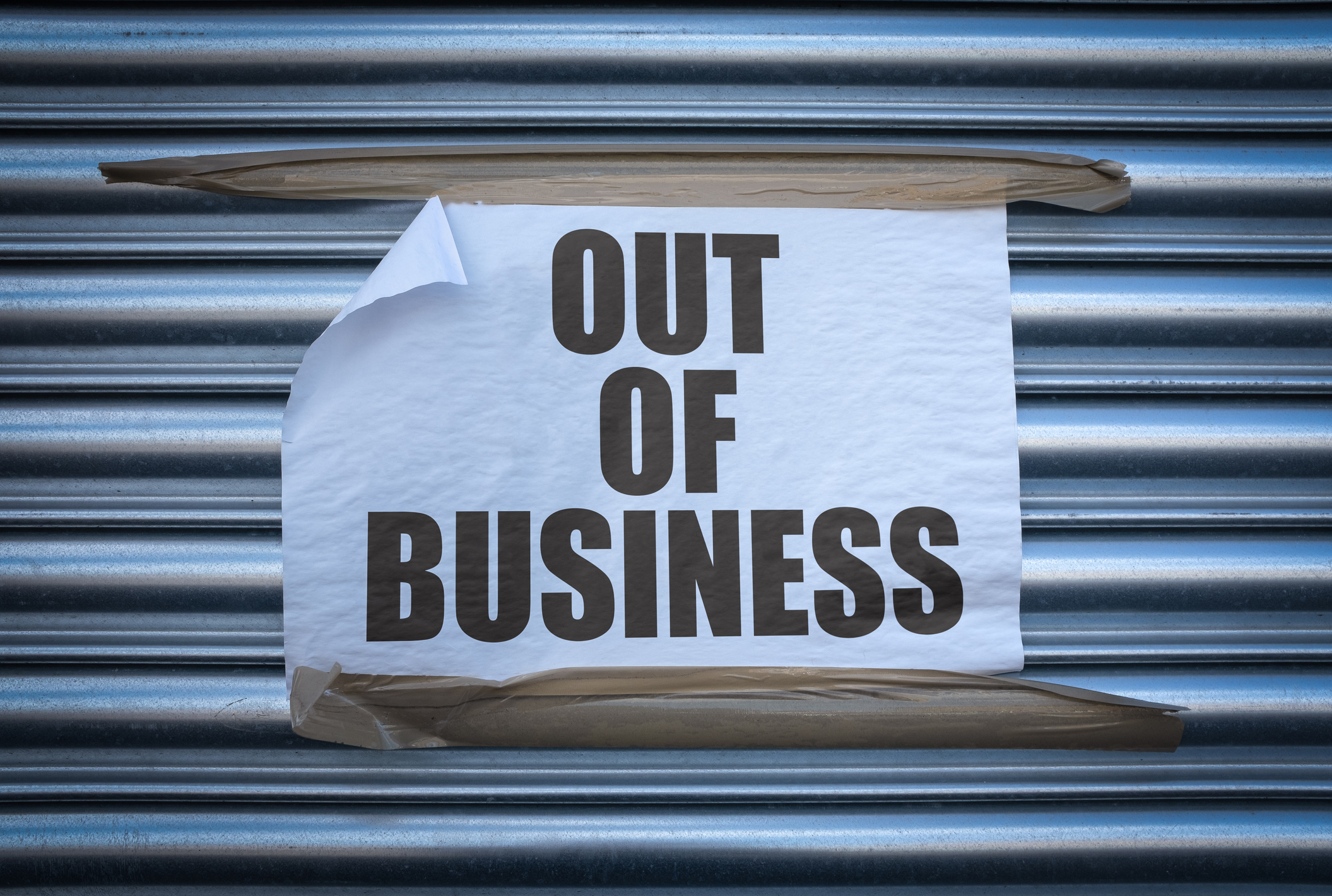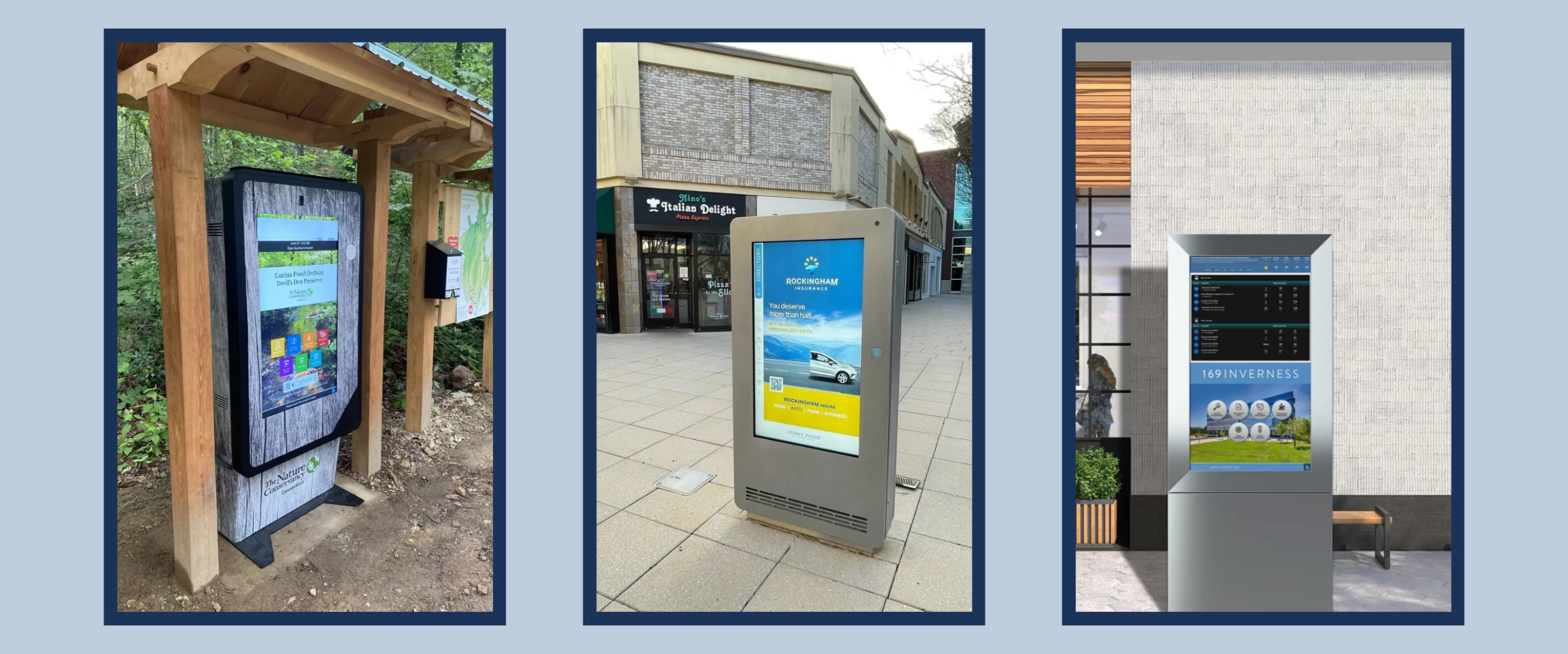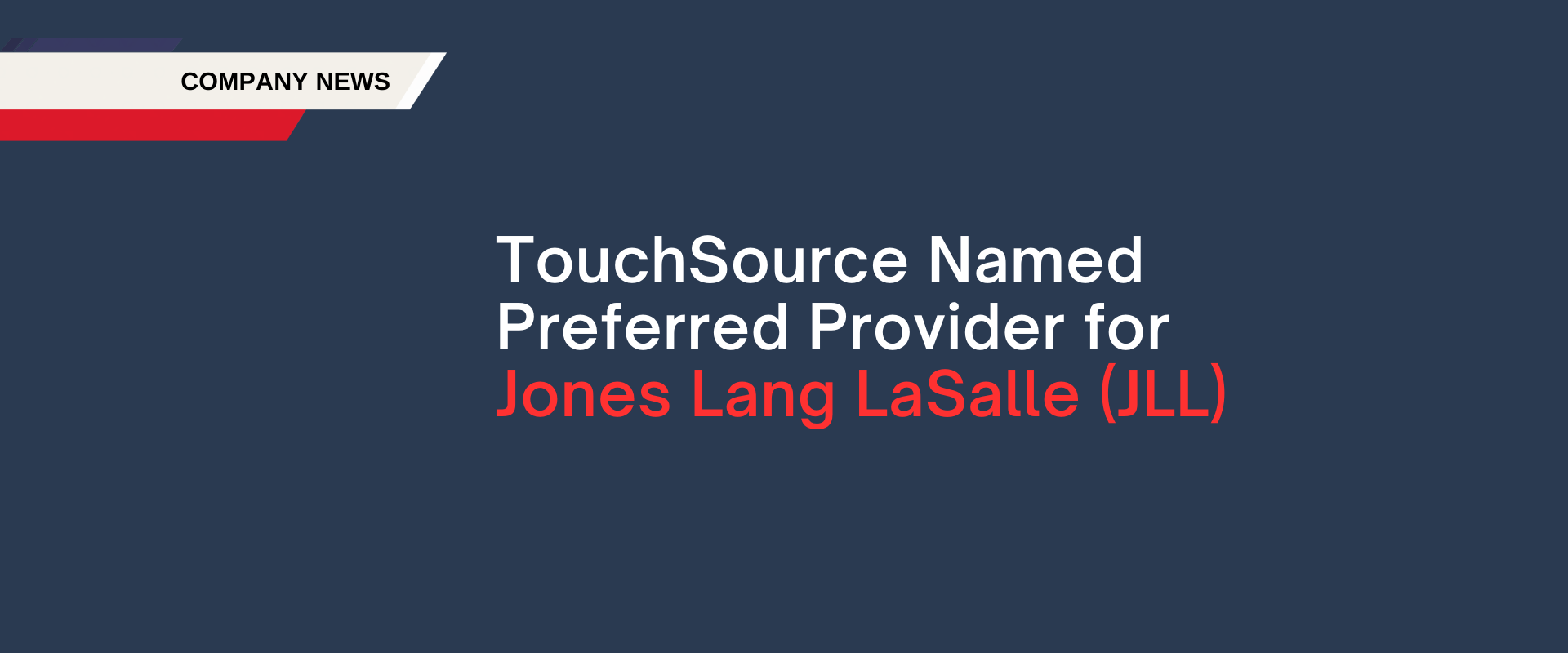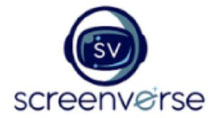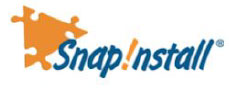Why Smart Medical Offices Are Banking on PropTech to Attract Tenants
Customer Experience is Driving PropTech Investments
Medical Office Building (MOB) focus on customer experience is a common theme sweeping through commercial real estate. Landlords across property types are scrambling to respond to changing consumer behavior and preferences that has sparked new competition from the likes of Amazon, WeWork and Airbnb. Consumers are increasingly tech-savvy and digitally connected, which is impacting expectations on everything from the level of personal service to the environment around them.
Much like other property sectors, the healthcare industry and Medical Office Buildings are using the experience in the physical space to attract and retain customers in an increasingly competitive marketplace. Likewise, landlords are finding they have to step up their game in the design, décor, amenities, services and overall experience they are offering in order to better position their properties in the changing landscape.
Patients in the Driver’s Seat
Even without accounting for the huge baby boomer tailwind, healthcare is already a massive business. Some industry sources estimate the size of the U.S. healthcare market at more than $3 trillion. Growth in high deductible plans in both individual and group markets is putting more and more of that spending power directly in the hands of patients. Individuals are paying for a bigger portion of healthcare costs out of their own pockets, and they have more choices on where to spend those dollars.
Individuals are tapping healthcare spending accounts for discretionary spending, as well as paying out-of-pocket for a variety of medical related services that are not covered under healthcare plans, such as cosmetic procedures, skincare treatments and massage therapy. The end result is a tsunami-like wave of consumerization across the healthcare industry, which is forcing everyone—from physician groups and clinics to chiropractors, dentists and sports medicine specialists—to compete for those patients.
It is no surprise that an increasingly digitally-connected population is demanding more tech from their healthcare experience. That is especially true of Millennials. According to a KaufmanHall research report, more than 70% of Millennials surveyed:
- Look at online reviews before selecting a physician;
- Want to book appointments with mobile apps; and
- Say they would prefer to see a doctor virtually.
Cost-effective Ways to Add Tech
Evolution within the healthcare sector is pushing landlords to make their own improvements. MOBs also are battling their own competitive pressures. According to Marcus & Millichap, the continued expansion of off-campus outpatient facilities helped to fuel more than 12 million square feet of new MOB construction in 2018, which is the highest total since 2009.
The Marcus & Millichap report also noted that new, amenity-rich buildings are garnering consistently higher rents due to increased technology integration and efficiency standards. By contrast, pre-1980s MOBs tend to be priced at a significant discount.
Property owners with older buildings need to get creative in upgrading their spaces to compete with newer, modern facilities. From the moment a patient walks into a building lobby, they are looking for an experience that is as easy, convenient and seamless as possible.
One cost-efficient way to elevate the experience is by integrating technology, such as intelligent digital signage and displays that can provide everything from art and entertainment to information on wayfinding, traffic updates and even messaging on healthcare campaigns and providers. Leveraging PropTech to create functional and engaging spaces are the wave of the future.
Art+Technology=Better Patient Experience
That’s why TouchSource recently partnered with TurningArt to deliver elegant, rotating artwork as a service to its digital displays. Patients need more than just directions to Suite 306. They benefit from mood-shaping media and wellness care messages while waiting for news about their test results. They want to know that their providers are keeping up with the times—and see modern digital technology as a sign of provider prowess.
The cliché of long waits at the dentist or doctor office with nothing more than an outdated magazine to pass the time are falling by the wayside. Patient waiting areas are designed to be comfortable, calming, Wi-Fi enabled spaces. And there’s more innovation ahead as the healthcare industry looks for new ways to elevate the customer experience through the use of artificial intelligence, mobile apps and wearable devices. Broadly, healthcare and medical providers are turning to technology to improve quality of care, increase efficiencies and elevate the patient experience, and they are looking for that same holistic experience in the facilities where they choose to locate.
Learn more about what’s driving MOB success and PropTech spending by your peers.

